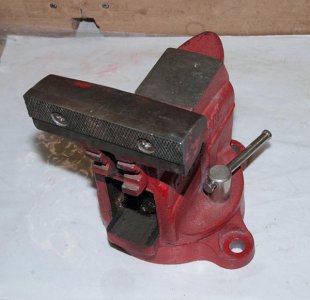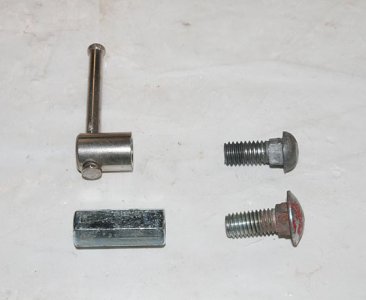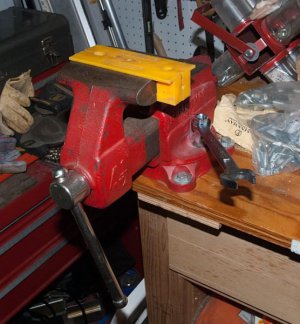- Joined
- Jul 18, 2017
- Messages
- 407
Hi guys,
I recently bought anot her vise to add to my mountain of vises - a baby bullet vise. I originally thought this vise was really old since it says Chicago on the body instead of Schiller Park. However, when I opened up the vise to see the date stamp, it says 173. Since it doesn't say "guarentee" or "gar," I would interpret 173 to mean it was made January 1973. However, Wilton moved from Chicago to Schiller Park 1957. Is my baby a Frankenvise? How old is my baby??
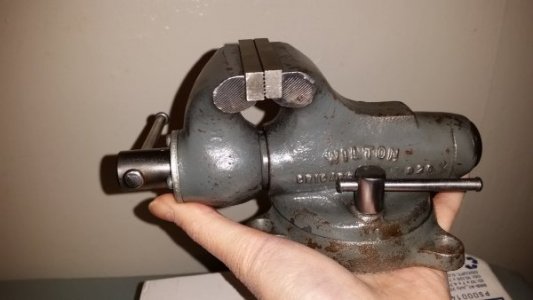
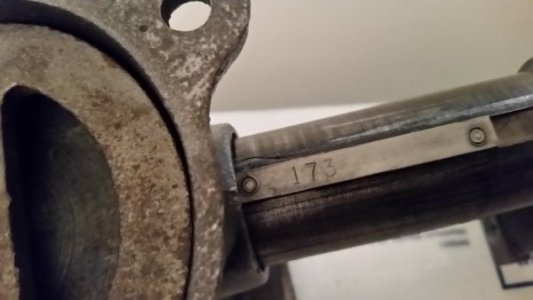
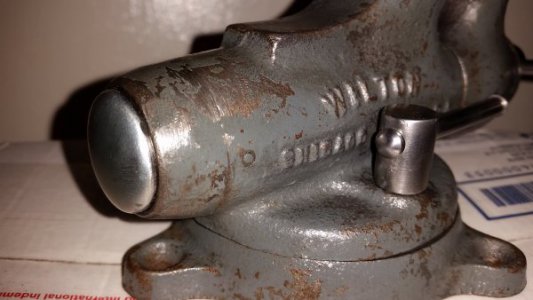
Thanks everyone :')
Susan
I recently bought anot her vise to add to my mountain of vises - a baby bullet vise. I originally thought this vise was really old since it says Chicago on the body instead of Schiller Park. However, when I opened up the vise to see the date stamp, it says 173. Since it doesn't say "guarentee" or "gar," I would interpret 173 to mean it was made January 1973. However, Wilton moved from Chicago to Schiller Park 1957. Is my baby a Frankenvise? How old is my baby??



Thanks everyone :')
Susan

